A projected high-speed twin-engine heavy fighter that was to incorporate new technology in Soviet Russia, such as tricycle landing gear, turbochargers, and newly-developed Klimov M-106 engines.
Features
- Twin Klimov M-106 liquid-cooled inline engines
- Custom landing gear
- Two 20mm ShVAK cannon (Yellow tracers)
- Two .50 cal Berezin UB machine guns (Red tracers)
- One dorsal .30 cal ShKAS machine gun (AG-1)
- One ventral .30 cal ShKAS machine gun (AG-2)
- Flaps
History
At the beginning of August 1939, Nikolai Ivanovich Yefremov began the development of a twin-engine two-seat heavy fighter project designed primarily to shoot down bombers, but could also be used as an escort plane (with an auxiliary fuel tank in the bomb compartment). Yefremov also claimed that by simply replacing wing sections with larger sections, the fighter could become a light bomber or assault plane. Yefremov planned the design in collaboration with his TsAGI partner A. D. Nadiradze.
The new model received the denomination SI-1 (or translated from Russian: Fast Hunting - 1). In this project Yefremov set himself the task of implementing in practice the research he had developed during his work at the TsAGI in 1935. It was to take advantage of the exhaust of the engines and radiators to create an additional propulsion force. To carry out this proposal, the exhaust must be collected in a special reactor or ejector that would act in a similar way to a reactive engine. This “special reactor” or “ejector” would later be known as the turbocharger. Another remarkable feature was the use of a tricycle landing gear, even though the tail wheel was not removed from the design.
The SI-1 aircraft was developed as a cantilever low wing monoplane with two engines inserted at the wing's midpoint, on the leading edge. The fuselage had monocoque structure in three sections and built entirely of wood. In the front part of the fuselage was located the cockpit with a Plexiglas frame. In the central portion of the fuselage, there was the gunner's cabin, also covered with plexiglass, and further forward, a bay that could hold either a fuel tank, or bombs in the strike variant of the SI-1.
The wing had double metallic spars made of welded chromed steel tubes. The wing covering up to the second spar was made of duralumin sheets. The rest of the wing covering was woven fabric. The selected wing profile was the VVB with a thickness in the mid-portion of 15% and at the ends of 8%. This profile was chosen specifically to allow high speeds.
The tail was conventional, with cantilever surfaces built in metal and covered with duralumin. The stabilizer could be regulated on land.
The landing gear was designed as a tricycle type. However, a small wheel was kept under tail area, designed to protect it from damage just in case the SI-1’s center of gravity shifted backwards during taxing on small slopes, takeoff, and landing. All landing gear units, including the tail wheel, were retractable. The main units of the landing gear had a braking system and were retracted towards the engine nacelles. The front wheel was retracted backwards after turning 90 degrees to line flat in the bottom fuselage.
The Yefremov SI-1 was designed to use the newly developed Klimov M-106 engines calculated to develop 1,350 hp on takeoff, and 1,000 hp at 19,680 feet (6,000 meters). Yefremov considered that an increase of engine power could be achieved with the use of turbocharger which would produce 700 more hp. The selected propellers had 3 blades of 3 meters in diameter and had constant speed. The engine cowlings were made of welded steel with removable hoods to service the engines. During the preparation to build a prototype of the SI-1, Yefremov also valued the use of an alternative power plant, focusing on the Klimov M-105 and Mikulin AM-37 liquid-cooled inline engines.
The cooling system of the M-106 consisted of water, with the radiators located in special structures that included the turbochargers located behind the engines.
The fuel tanks were located in the fuselage and in the central wing section. The tank in the fuselage had capacity for 960 liters, while the wing tanks in total could store 560 liters. Two oil tanks with a total capacity of 100 liters were located in the engines nacelles
The armament of the SI-1 included two 20mm ShVAK cannons and two .50 cal Berezin UB machine guns located in the nose in a diamond array from the front; the 20mm cannons being stepped one above the other and the .50 cal machine guns to the sides of the cannons. The gunner operated two flexibly mounted .30 cal ShKAS machine gunswith one in the dorsal position and the other in the ventral position. In the fighter bomber version, the SI-1 could carry a bomb load of 882 lbs (400 kg) in place of a fuel tank in a bay between the pilot and gunner.
The development of SI-1 was stopped by decision of the NKAP on October 25, 1940. Weather or not the Soviet Air Force would accept such an advanced new aircraft, if the SI-1 was cleared for production, was argued over until it was decided to cancel this new airplane.
- Source: Ecured.cu
Gallery
3-view drawing of Yefremov SI-1. This is, as far as we know, the only picture of the design.
Specifications
General Characteristics
- Created On iOS
- Wingspan 57.0ft (17.4m)
- Length 41.8ft (12.8m)
- Height 14.2ft (4.3m)
- Empty Weight 4,551lbs (2,064kg)
- Loaded Weight 13,156lbs (5,967kg)
Performance
- Horse Power/Weight Ratio 0.205
- Wing Loading 26.2lbs/ft2 (127.9kg/m2)
- Wing Area 502.1ft2 (46.6m2)
- Drag Points 4776
Parts
- Number of Parts 191
- Control Surfaces 14
- Performance Cost 747

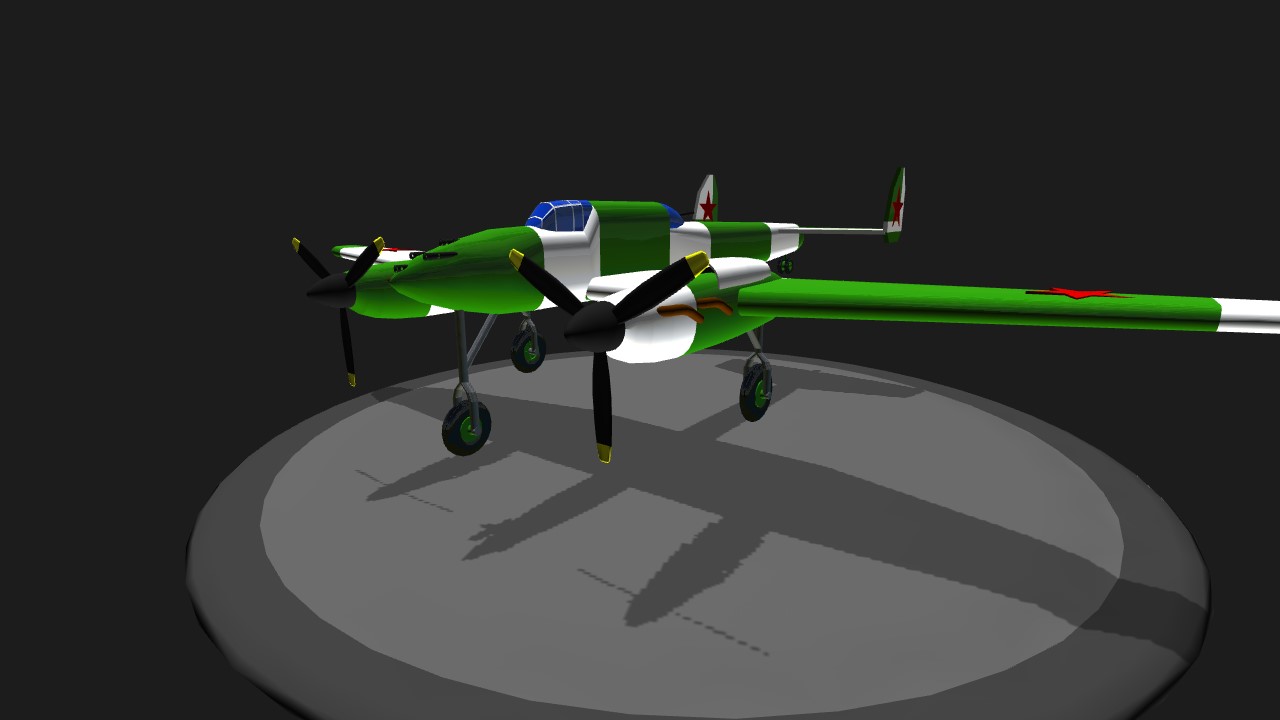

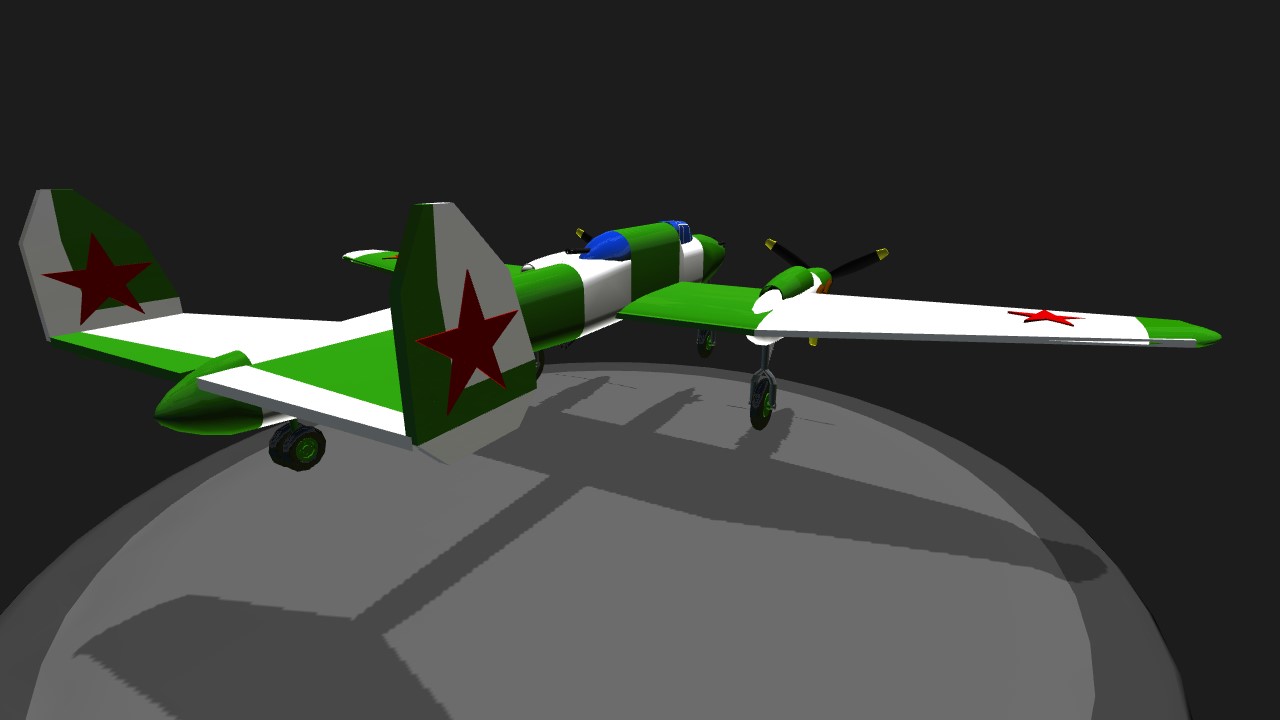

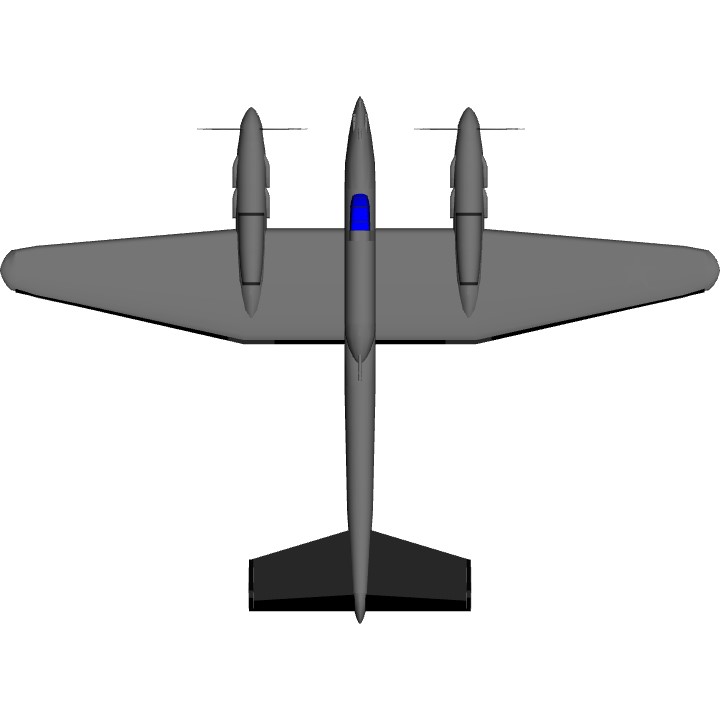
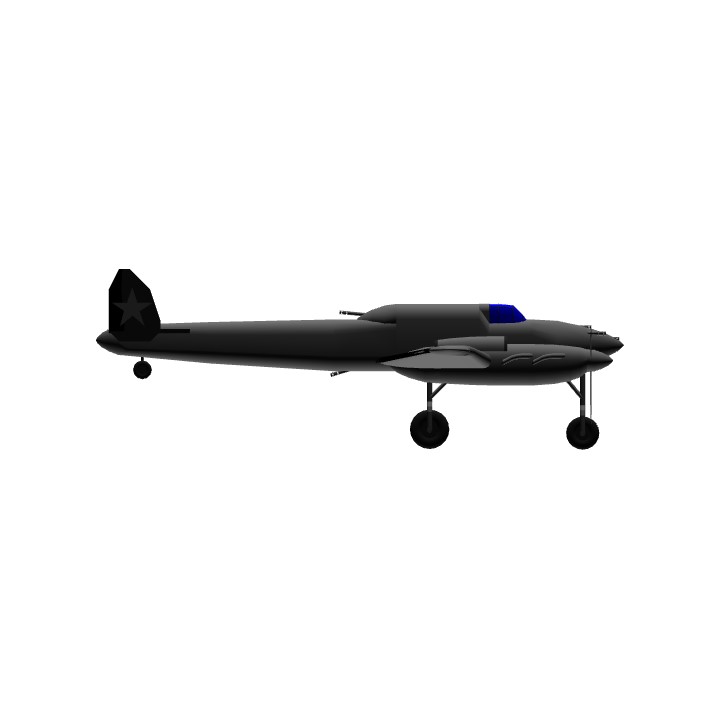
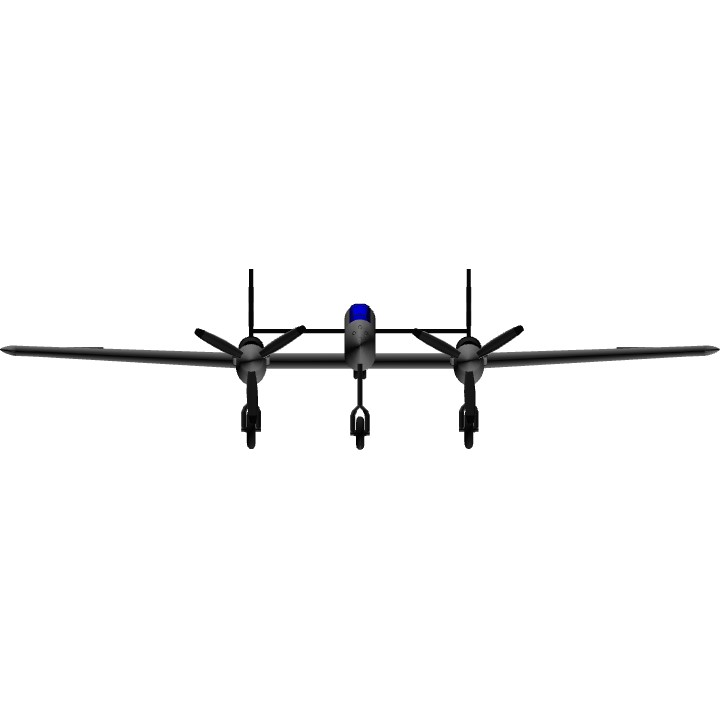
@AircraftoftheRedStar
np m8!
Thank you for the upvote! @SakuraSaku
Np @AircraftoftheRedStar
Thank you for making me gold!! @USSR
Thanks mate! @Trainzo
Cool plane . Nice job .
No worries! Nice job on uncommon type! @AircraftoftheRedStar
Thanks for the upvote! @Tang0five